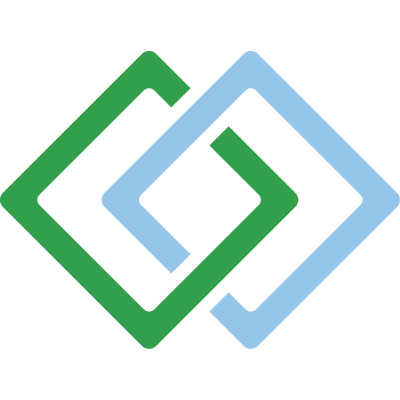
@ShahidNShah


Think about the last time you visited a clinic or a hospital. You probably saw tons of paperwork, from medical records to insurance forms. Now imagine if all that paper could be shrunk into a digital format, easily searched, retrieved and shared.
That’s where modern document management comes in, turning heaps of paper into neat digital files. A clever device—the hospital document scanner—is at the heart of this transformation. This isn’t just your average office scanner; it’s a vital tool for hospitals seeking efficiency amidst the endless stream of patient information.
The relentless push towards digitalization in healthcare is more than just a convenience; it’s a strategic move to enhance the patient experience and clinician workflow. Digitized documents are less likely to be misplaced than their physical counterparts and can be shielded with robust cybersecurity measures, making them safer and more reliable.
By transitioning to a digital platform, healthcare institutions are emboldening their defense against data breaches and loss, safeguarding sensitive patient information against the rising tide of cyber threats.
Accuracy in patient records is not just about getting names and dates right; it’s a matter of life and death. Manual data entry is prone to errors, but a high-quality scanner serves as a safeguard. It is by harnessing such technology that health professionals can cut down on mistakes and spend more time where it counts — with patients.
Real-world case studies highlight scenarios where the swift digitization of patient info has led directly to improved outcomes. A heartening example comes from a small clinic that, after adopting advanced scanning technology, reported a marked decrease in medication errors, tracing this back to the clearer, more reliable digitized records.
It’s not only about individual patient interactions; it’s the broader public health implications as well. The layer of data analytics possible with digitized documents allows healthcare systems to track disease outbreaks, understand health trends and formulate public health policies based on real-time data.

This capacity for large-scale data analysis translates into more informed decisions and proactive healthcare strategies, underpinning the need for robust document management systems in modern medical practice.
But what good is a digital document if you can’t make sense of it? This is where innovative capture software enters the picture, turning scanned images into actionable data. Today’s top-tier software doesn’t just copy text; it understands it. It classifies information, flags critical data and integrates seamlessly into electronic health records (EHRs).
This intelligence saves countless hours otherwise spent in manual data entry and verification. For instance, an orthopedic center implemented capture software and saw their patient processing time reduce significantly, allowing them to treat more patients without sacrificing quality of care.
Healthcare professionals are always racing against time, and incorporating high-speed scanning technology into their workflow means they can zip through administrative tasks at an unprecedented rate. These scanners are capable of processing hundreds of pages per minute, quickly turning a mountain of paperwork into a compact digital archive.
This isn’t just a win for office efficiency; it’s a boon for patient care. By swiftly moving information where it’s needed, healthcare providers can respond faster to patient needs. Not to mention, these digital documents can easily feed into big data analytics, providing insights that lead to better healthcare outcomes.
With technology marching on, healthcare organizations that cling to outdated methods of document management will find themselves struggling to keep pace. Meanwhile, those who embrace the digital shift are discovering that a scanner isn’t just a tool for avoiding paper cuts. It’s an instrument for nurturing a more striking, efficient and error-free healthcare system, one scanned document at a time.

Chief Editor - Medigy & HealthcareGuys.
The field of hair transplantation has undergone a remarkable evolution over the years, transforming from rudimentary techniques to sophisticated procedures that provide natural-looking and …
Posted Jan 19, 2024 Dermatology Health Technology
Connecting innovation decision makers to authoritative information, institutions, people and insights.
Medigy accurately delivers healthcare and technology information, news and insight from around the world.
Medigy surfaces the world's best crowdsourced health tech offerings with social interactions and peer reviews.
© 2024 Netspective Media LLC. All Rights Reserved.
Built on Apr 29, 2024 at 4:03am